How much sodium hypochlorite is needed to equip a well?
Disinfecting wells is an essential process for maintaining cleanliness and safety of drinking water, helping to prevent the growth of pathogens and other harmful microorganisms. One of the most commonly used disinfectants for well disinfection is sodium hypochlorite. This article will present how much sodium hypochlorite is needed for proper and effective well disinfection.
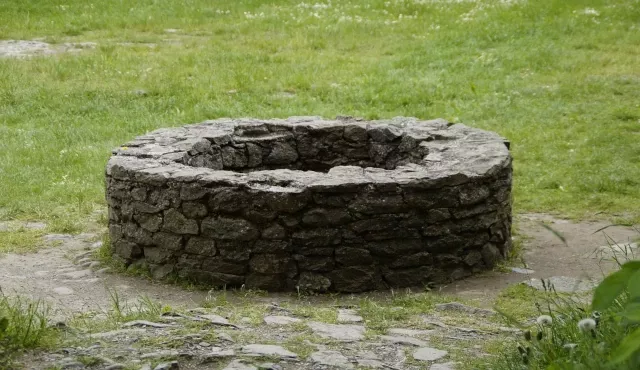
Sodium Hypochlorite: What It Is and How It Works
Sodium hypochlorite, also known by the chemical formula NaOCl, is an inorganic chemical compound that is widely used as a disinfectant and bleaching agent. The antibacterial and oxidizing properties of sodium hypochlorite make it highly effective in combating various pathogens, both in household and industrial settings.
Structure and Properties
Sodium hypochlorite is an alkaline, highly oxidizing solution that is relatively stable when stored at room temperature. It consists of sodium ions (Na+), hypochlorite ions (ClO-), and water. In aqueous solution, sodium hypochlorite often dissociates to form hypochlorous acid (HOCl), which is the main active ingredient in bleaches and disinfectants.
Applications
The most well-known application of sodium hypochlorite is for oxidation, color bleaching, and stain removal. It is also widely used for surface disinfection in homes, offices, and schools, as well as in a broader industrial context, such as in the food and medical industries, to control microbiological contaminants.
Another important application of sodium hypochlorite is water disinfection. It is used for chlorinating drinking water, swimming pools, and wastewater, where it effectively eliminates many types of bacteria, viruses, and other pathogens.
Safety and Environmental Considerations
Sodium hypochlorite is generally safe to use, but it should always be used according to the manufacturer's recommendations and with proper precautions. It can cause irritation to the eyes, skin, and respiratory system, and prolonged exposure can lead to health issues.
Since sodium hypochlorite is biodegradable and decomposes under sunlight, it is generally considered safe for the environment. However, it should be noted that in large quantities, it can be harmful to aquatic organisms, so its use must be properly managed.
Check out our range of cleaning products!
Disinfecting Wells with Sodium Hypochlorite: A Detailed Guide
Disinfecting wells with sodium hypochlorite, also known as shock chlorination, is a popular and effective method for maintaining the safety and cleanliness of drinking water. It utilizes sodium hypochlorite, a component of household bleach, as a strong oxidizing agent capable of eliminating bacteria, viruses, and other harmful microorganisms. Here's how you can apply this method.
Amount of Sodium Hypochlorite to Use
According to research from New Mexico State University, it is recommended to use approximately 1.9 liters of sodium hypochlorite solution per every 30 meters of well depth. For example, if the well has a depth of 90 meters, around 5.7 liters of solution would be needed for its disinfection.
According to information from the Polish Sanitary-Epidemiological Station (Sanepid), the following table provides the amount of sodium hypochlorite to be measured per meter of well depth, based on the well's diameter:
| Well diameter in cm: | Amount of sodium hypochlorite per meter of depth |
| 80 | 300g - 1 cup |
| 90 | 400g - 1 and 1/4 cups |
| 100 | 500g - 1 and 1/2 cups |
| 120 | 700g - 2 and 1/4 cups |
Preparing the Solution
Sodium hypochlorite needs to be properly mixed with water before being introduced into the well. Mixing helps ensure even distribution of chlorine, which increases the effectiveness of the disinfection process. Use clean, non-chlorinated water to prepare the solution.
The Disinfection Process
-
Mixing the Solution: Mix the appropriate amount of sodium hypochlorite with water. Ensure it is well mixed before adding it to the well.
-
Introducing the Solution into the Well: Carefully pour the solution into the well, aiming to distribute it evenly.
-
Chlorinating the Water System: After adding the solution to the well, you need to ensure that the chlorine reaches all parts of the water system. This means running chlorinated water through all faucets until you can smell the chlorine.
-
Reaction Time: After chlorination, leave the chlorine in the system for at least 12 hours. This allows the sodium hypochlorite to neutralize any pathogens.
-
Flushing the System: After the reaction time has elapsed, flush the system until the chlorine odor dissipates. This may take some time but is necessary to ensure that the water is safe for use.
It's important to note that the effectiveness of disinfection depends on various factors, including the concentration of sodium hypochlorite in the solution, temperature, contact time, and water pH. Here are a few additional notes on these factors:
Check out our range of bathroom supplies in our store!
Sodium Hypochlorite Concentration
Most household solutions contain 5-6% sodium hypochlorite. Make sure you know the concentration of sodium hypochlorite in the solution you're using to appropriately adjust the amount of hypochlorite for the well's size.
Temperature
Sodium hypochlorite works better in warmer conditions. If you are disinfecting in colder conditions, you may need to increase the amount of bleach or the exposure time.
Contact Time
Sodium hypochlorite needs time to effectively neutralize pathogens. It is recommended to leave the chlorine in the system for at least 12 hours, but a longer exposure time may be necessary for larger wells or waters with higher pathogen concentrations.
Water pH
Sodium hypochlorite is most effective when the water pH is between 6 and 7. Water with a higher pH can neutralize sodium hypochlorite, meaning a larger amount of bleach may be needed for effective disinfection.
In summary, disinfecting wells with sodium hypochlorite is an effective way to maintain the cleanliness and safety of drinking water. However, remember to follow proper procedures and always pay attention to safety when handling chemical substances such as sodium hypochlorite.
Author: Marcel Apola
Sources: pubs.nmsu.edu, texashelp.tamu.edu, gov.pl
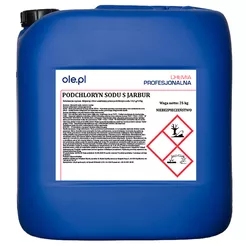
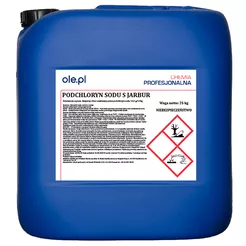

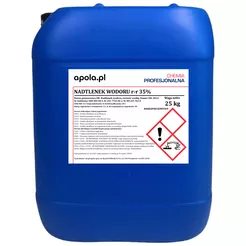
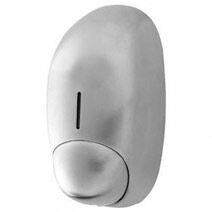
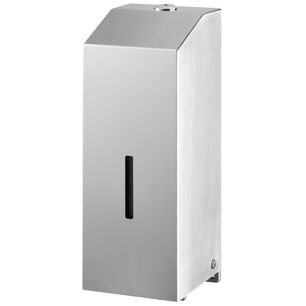
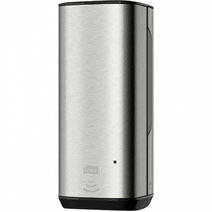
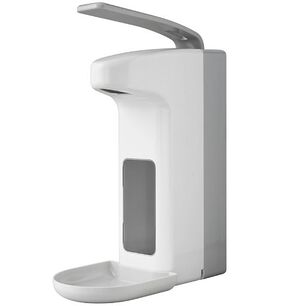
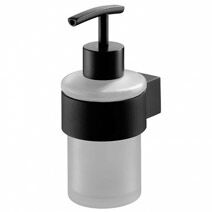
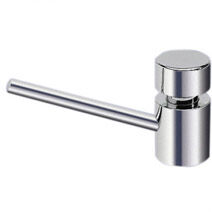
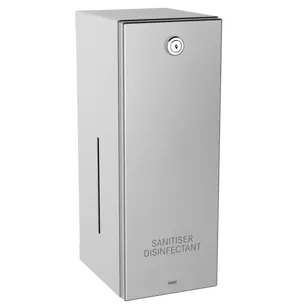
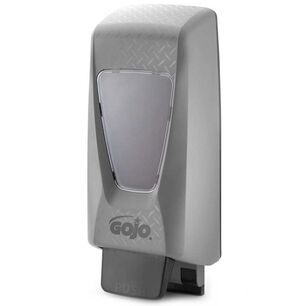
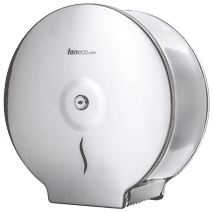
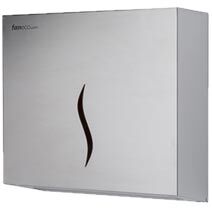
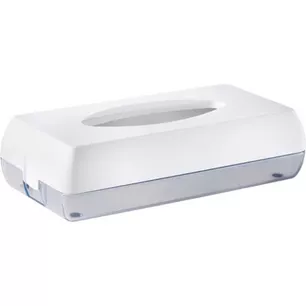
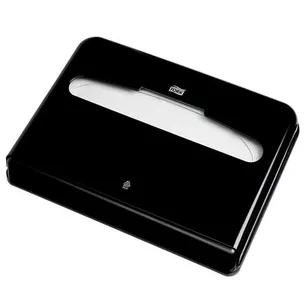
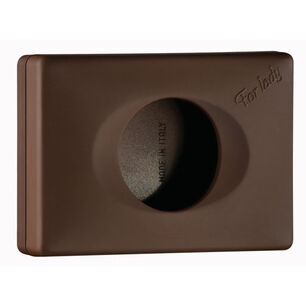
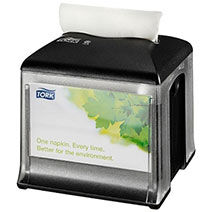
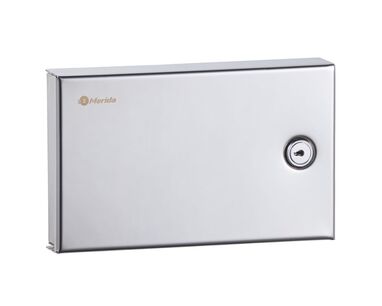
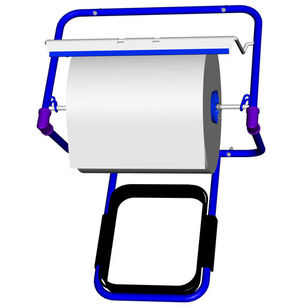
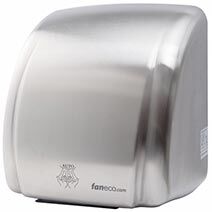
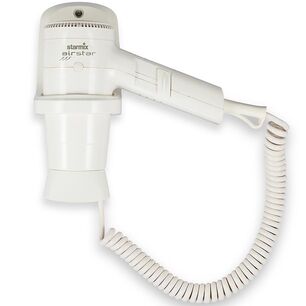
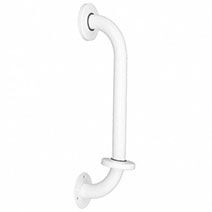

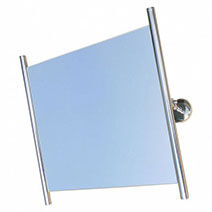

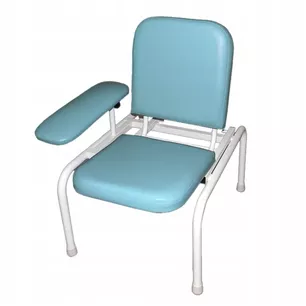
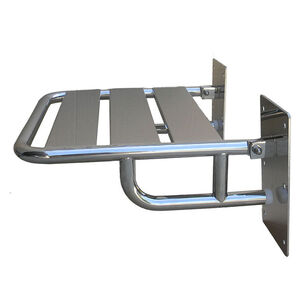
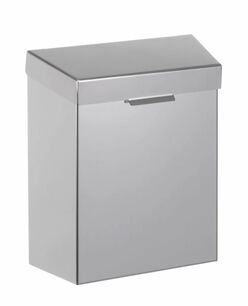
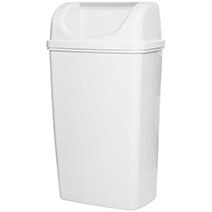
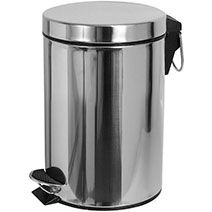
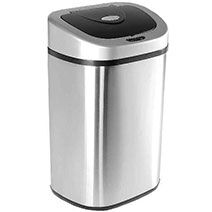
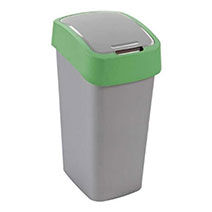
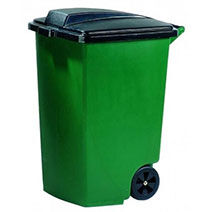
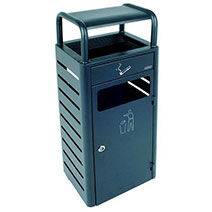
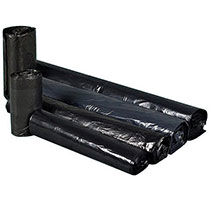
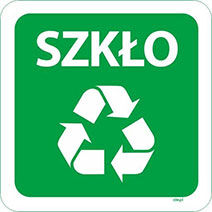
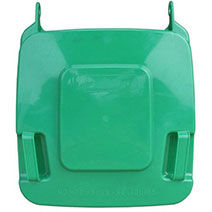
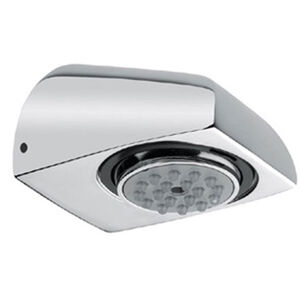
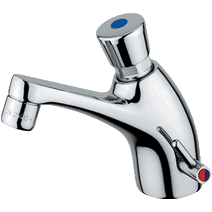
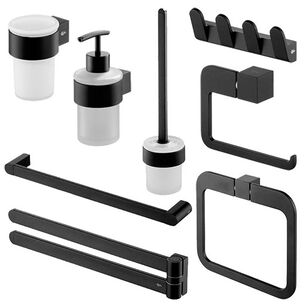
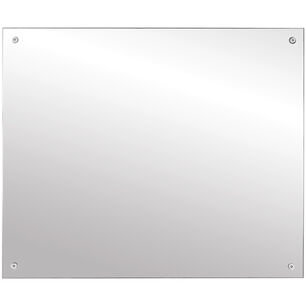
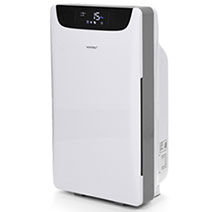
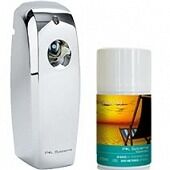

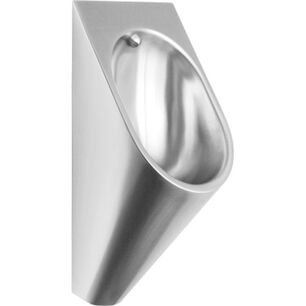
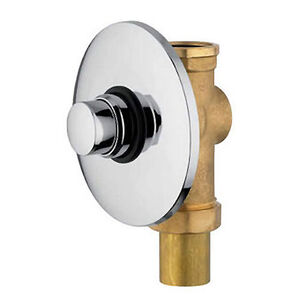
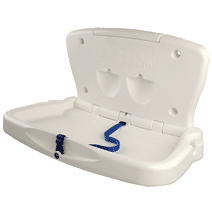
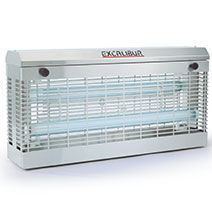
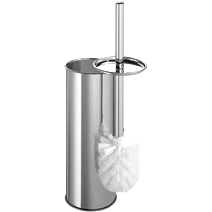
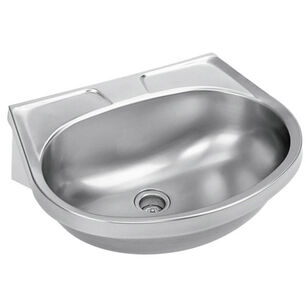
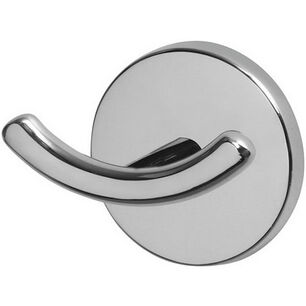
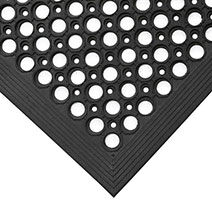
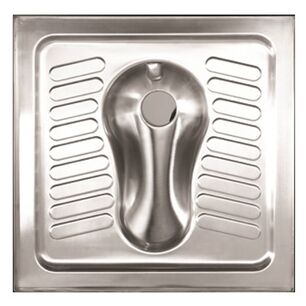
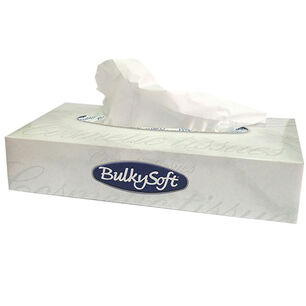
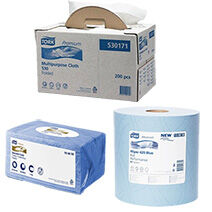
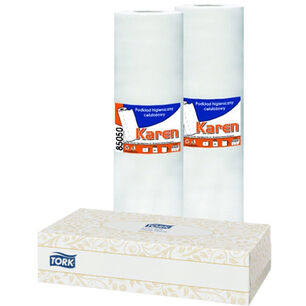
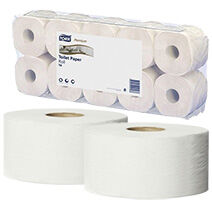
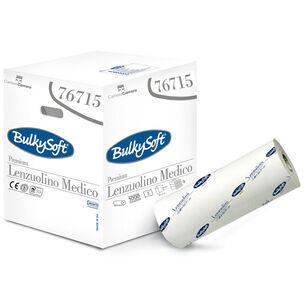
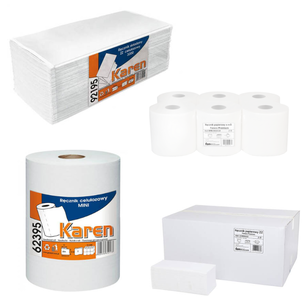
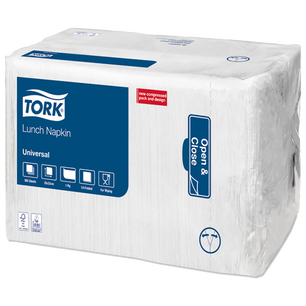
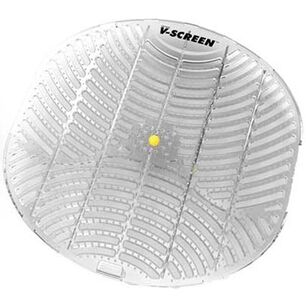
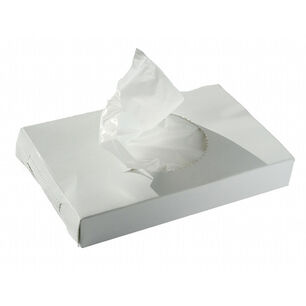

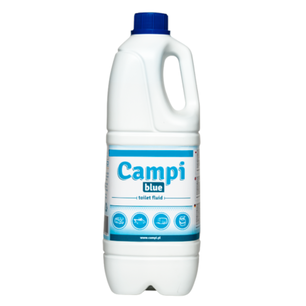
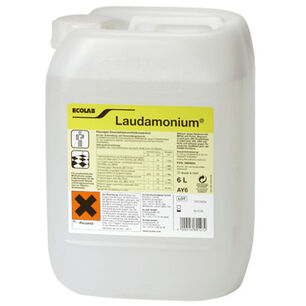
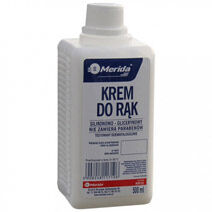
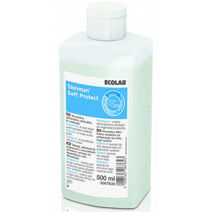
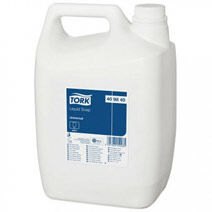
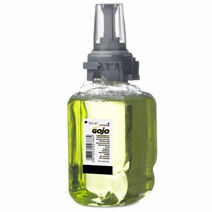
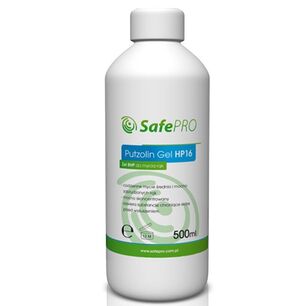
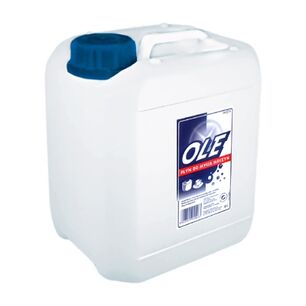
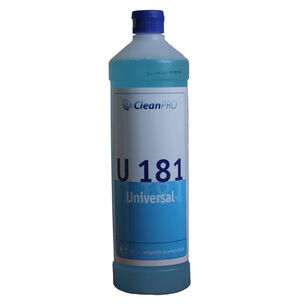
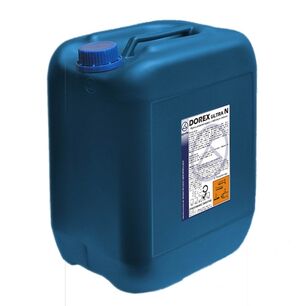
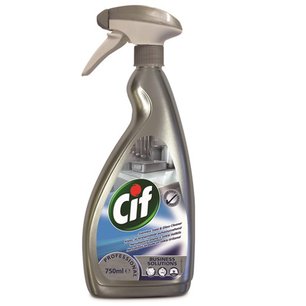
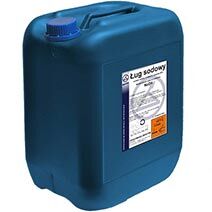
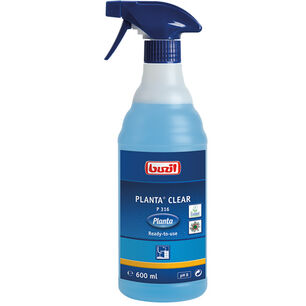
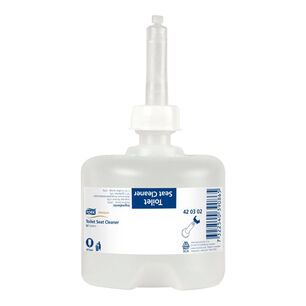
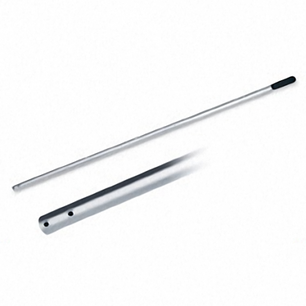

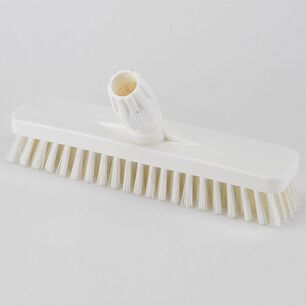
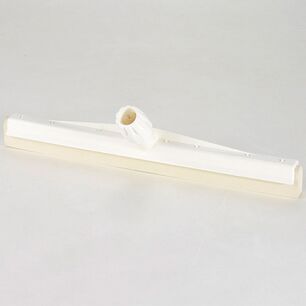
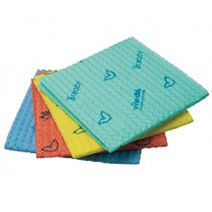
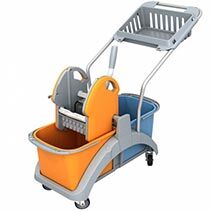
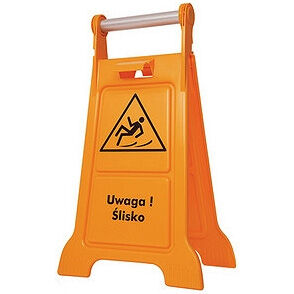
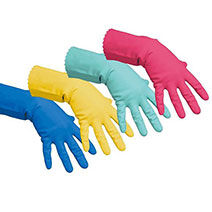
 Polski
Polski
 Czech
Czech
 German
German
 Spanish
Spanish
 Slovak
Slovak